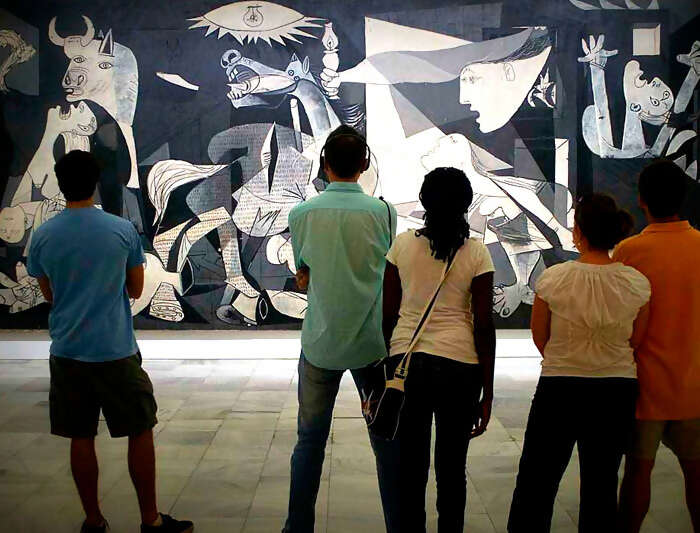 Elaborate architecture and exceptional cuisine, legendary landscapes and live history on the streets – western and central Europe is a place well worth its accolades. From the brash elegance of Madrid to the soft-hued sceneries of Avignon and the beer and bar cultures of Brussels and Berlin, this 36-day journey takes in the greatest gloats of the world's most travelled region. Check out the artistic edifices of Barcelona, cycle along the canal-lined boulevards of Amsterdam, discover Poland's hearty cuisine and get your adrenaline kicks in outdoorsy Bled. Striking the perfect balance of time for included activities and independent exploration, this is a great introduction to – or recapping of – some of the world's greatest cities.
Elaborate architecture and exceptional cuisine, legendary landscapes and live history on the streets – western and central Europe is a place well worth its accolades. From the brash elegance of Madrid to the soft-hued sceneries of Avignon and the beer and bar cultures of Brussels and Berlin, this 36-day journey takes in the greatest gloats of the world's most travelled region. Check out the artistic edifices of Barcelona, cycle along the canal-lined boulevards of Amsterdam, discover Poland's hearty cuisine and get your adrenaline kicks in outdoorsy Bled. Striking the perfect balance of time for included activities and independent exploration, this is a great introduction to – or recapping of – some of the world's greatest cities.Highlights
The Art Walk in Madrid is every art lover's dream. In one small stretch you can browse the Thyssen-Bornemisza Museum, the Reina Sofia and the Prado, one of the world's most celebrated galleries
It's easy to be consumed by the architecture, culture and vibrant nightlife of Barcelona, but the food available for consumption is just as good. Traditional Catalan dishes such as fideua (similar to seafood paella) and botifarra amb mongetes (haricot beans served with sausage) taste a little like heaven. The wine isn't bad either
The beaches of Valencia are some of the most pristine in Europe, if not the world. Relax with a bowl of Valenciana paella at the gateway to the Mediterranean
Discover Roman, Muslim and Christian influences in the churches and plazas of Cuenca, the ideal Spanish city to explore on foot
The Eiffel Tower and the Louvre are iconic French institutions. Spend plenty of free time in Paris to see the major attractions as well the city's hidden gems
Brussels is easily explored on foot and also has a great public transport system. Venture to the outskirts of the city and back without losing big chunks of your time
Amsterdam has been developed with cyclists in mind, so hire a bike and hit the charming streets with the locals (just watch out for those canals)
Now one of the world's most artistic and exciting cities, Berlin has a complex history. See remaining fragments of the famous wall that once divided the city in half
Soak up the royal history of Krakow's Wawel Castle and step back in time with a stroll through its medieval main square
Immerse yourself in the history, architecture and bohemian vibes of the Czech Republic. Soak up the smooth sounds of jazz at a low-lit bar in Prague before stepping right into a fairytale in the World Heritage-listed town of Cesky Krumlov
Enjoy a scenic walk along the banks of the River Danube in Budapest. Threaded with bridges and hemmed in by castles and historic city buildings, Europe’s second longest river is also one of its most beautiful
Escape city life on the peaceful shores of Lake Bled in Slovenia. Visit a church on the tiny island in the centre of the lake and treat yourself to a slice of Bled's famous cream cake
The floating city of Venice is one place you’ll be happy to get lost in. The city's maze of alleyways, canals and lagoon islands lead to over 130 churches, all with their own distinct character

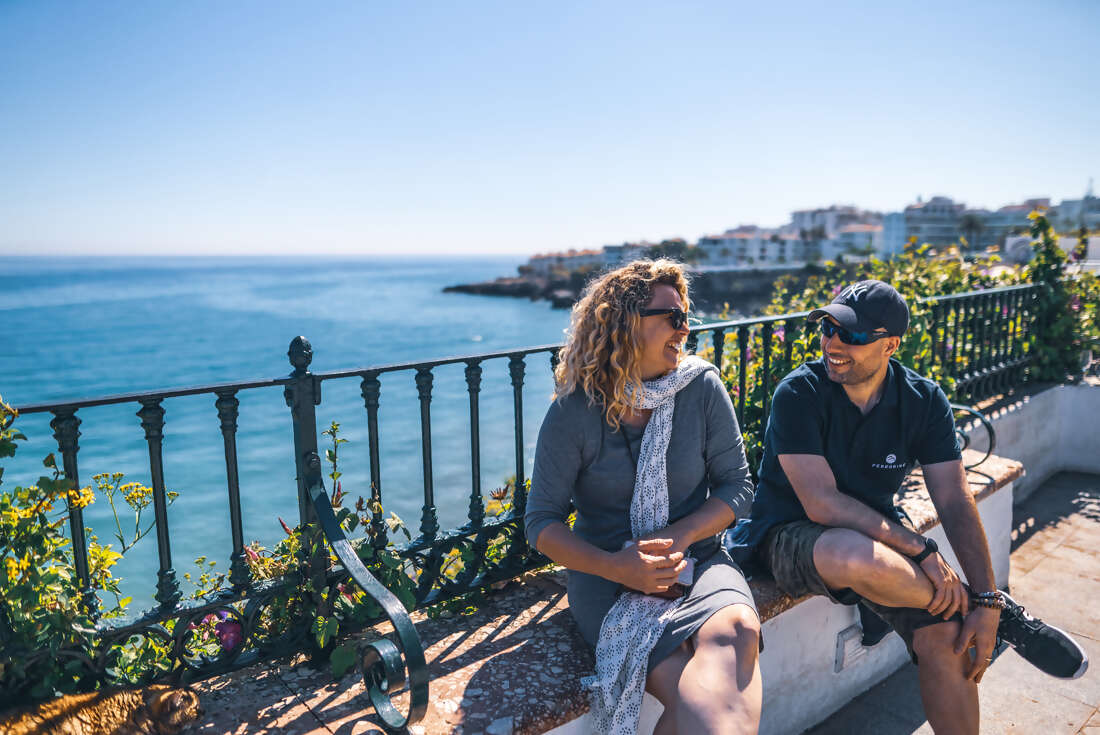
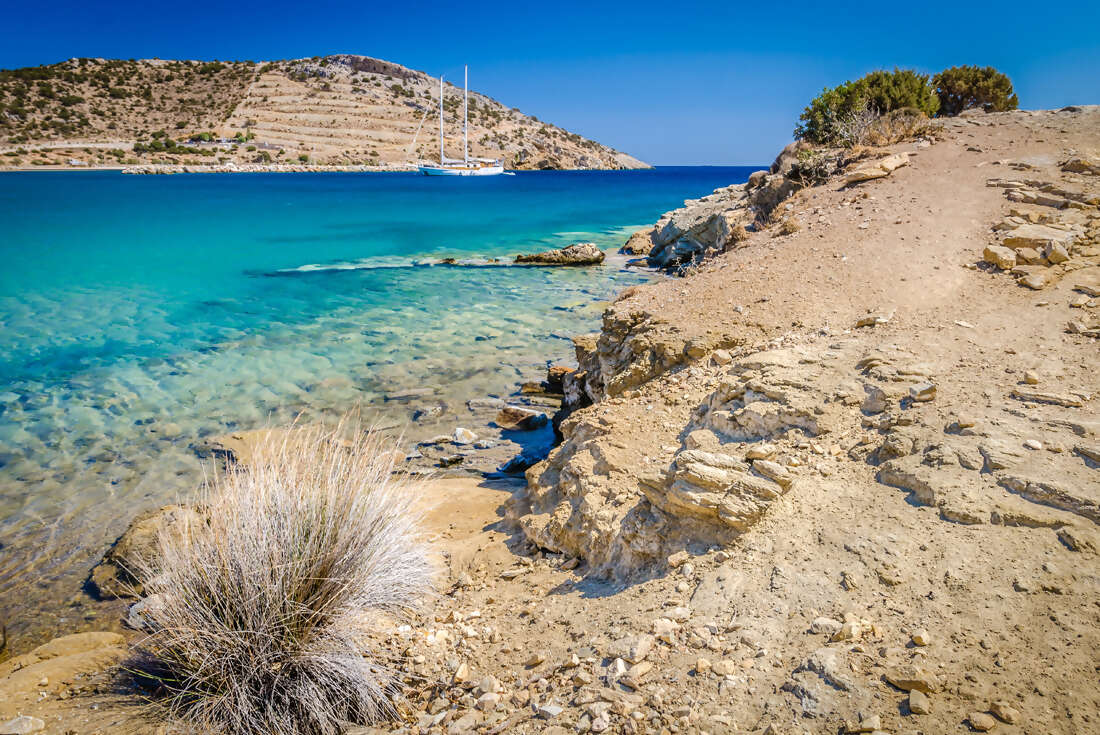





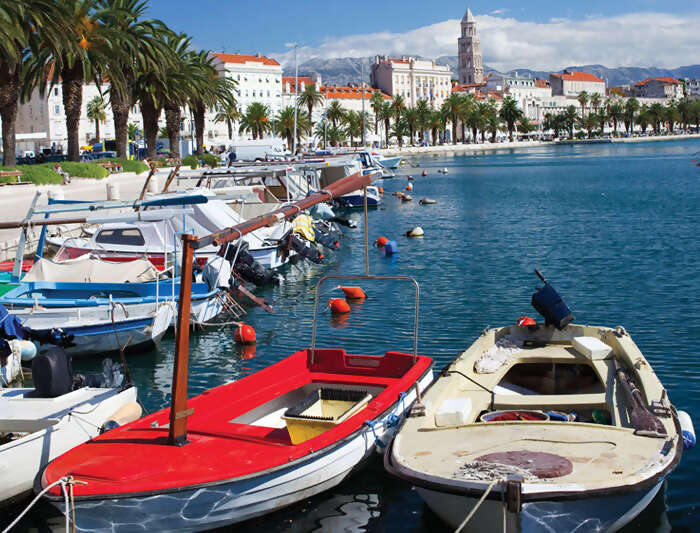
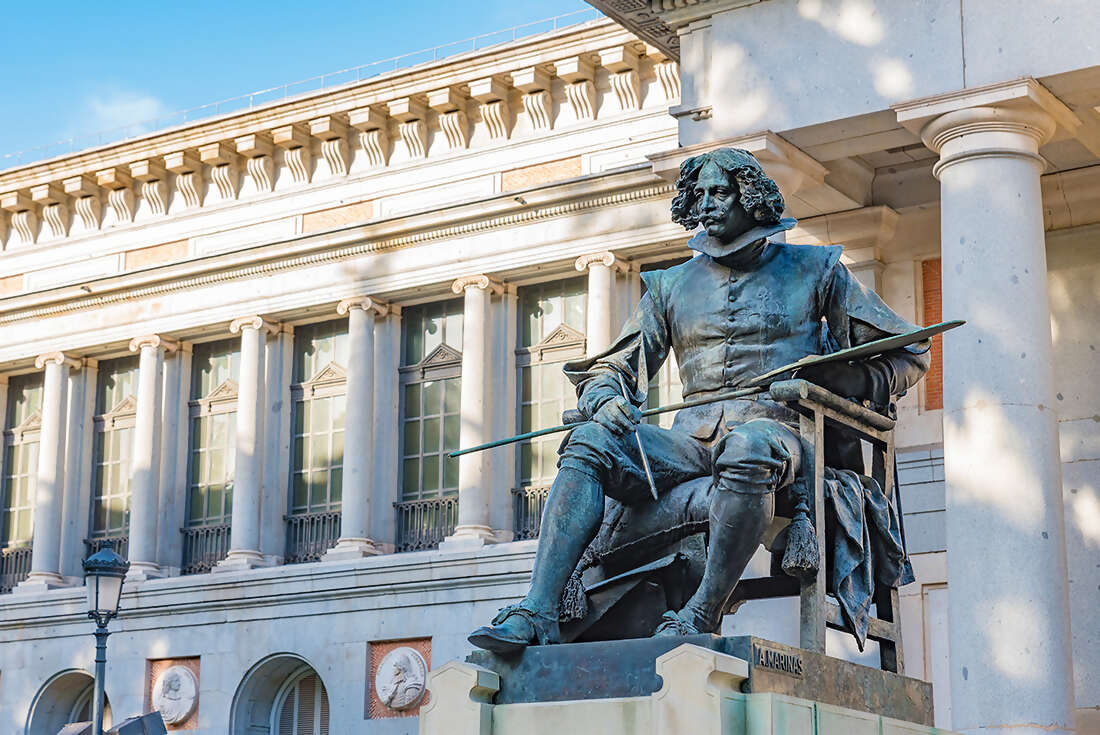



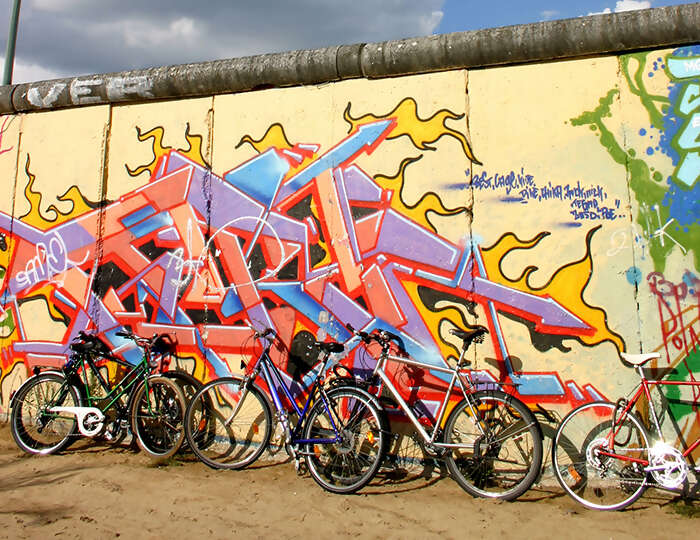
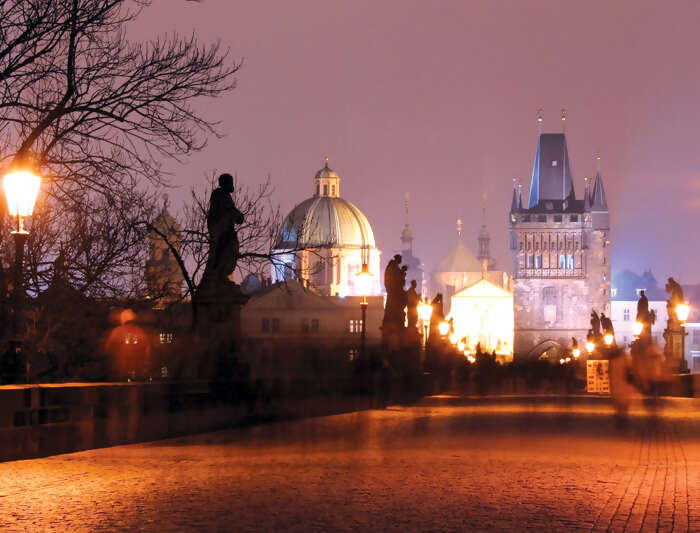
- You will visit the following places:
-

Cuenca
The city of Cuenca — in full, Santa Ana de los cuatro ríos de Cuenca — is the capital of the Azuay Province. It is located in the highlands of Ecuador at about 2,500 meters above sea level, with an urban population of approximately 400,000 rising to 700,000 inhabitants in the larger metro area. The centre of the city is listed as a UNESCO World Heritage Trust site due to its many historical buildings. Of all the cities in Ecuador, Cuenca is arguably the most charming with its stunning architecture, tourist attractions, hotels and night activities. It has long been known for a rich intellectual, and is famous for its colorful festivals, distinct food and breathtaking scenery. In recent years, Cuenca has become a hot spot for expatriates and retirees settling down to live.
-

Valencia
Valencia is the most populous city of the Autonomous Community of Valencia and the third largest city in Spain, with a population of 809,267 in 2010. It is the 15th-most populous municipality in the European Union. It is integrated into an industrial area on the Costa del Azahar. Its historic centre is one of the largest in Spain, with approximately 169 hectares; this heritage of ancient monuments, views and cultural attractions makes Valencia one of the country's most popular tourist destinations!
-

Barcelona
Barcelona – Spain's enchanting capital, second largest and most populous city. It is a huge city that vibrates with life, and there’s certainly not another city in the country to touch it for its sheer style, looks or energy. It is one of the world's leading tourist, economic, trade fair and cultural centers, and its influence in commerce, education, entertainment, media, fashion, science, and the arts all contribute to its status as one of the world's major global cities. Barcelona is home to masterpieces of many great architects – the most famous of which is Antoni Gaudí.
-

Avignon
Avignon is a commune in the Vaucluse department in southeastern France. The city is well known for its Palais des Papes (Palace of the Popes), where several popes and antipopes lived from the early 14th to early 15th centuries. It is situated on the left bank of the Rhône, a few kilometres above its confluence with the Durance, about 580 km (360.4 mi) south-east of Paris, 229 km (142.3 mi) south of Lyon and 85 km (52.8 mi) north-north-west of Marseille. Avignon occupies a large oval-shaped area, not fully populated and covered in great part by parks and gardens. The historic centre, which includes the Palais des Papes, the cathedral, and the Pont d'Avignon, became a UNESCO World Heritage Site in 1995. The medieval monuments and the annual Festival d'Avignon have helped to make the town a major centre for tourism.
-

Paris
Paris is the capital and largest city in France, situated on the river Seine in northern France, at the heart of the Île-de-France region. The city of Paris, within its administrative limits largely unchanged since 1860, has an estimated population of 2,193,031, but the Paris metropolitan area has a population of 11,836,970, and is one of the most populated metropolitan areas in Europe. In 2009 and 2010, the city has been ranked among the three most important and influential cities in the world, among the first three "European cities of the future" according to a research published by Financial Times and among the top ten cities in the world in which to live according to the British review Monocle. The city is the home of the most visited art museum in the world; ''the Louvre'' as well as the ''Musée d'Orsay'' noted for its collection of French Impressionist art, and the ''Musée National d'Art Moderne'' a museum of modern and contemporary art. The notable architectural landmarks of Paris include Notre Dame Cathedral (12th century); the Sainte-Chapelle (13th century); the Eiffel Tower (1889); and the Basilica of Sacré-Cœur on Montmartre (1914). In 2014 Paris received 22.4 million visitors, making it one of the world's top tourist destinations. It is also known for its fashion, particularly the twice-yearly Paris Fashion Week, and for its haute cuisine, and three-star restaurants. Most of France's major universities and grandes écoles are located in Paris, as are France's major newspapers, including Le Monde, Le Figaro, and Libération.
-

Luxembourg
-

Brussels
Brussels, is the de facto capital of Belgium and of the European Union. It is also the largest urban area in Belgium, comprising 19 municipalities, including the municipality of the City of Brussels, which is the de jure capital of Belgium, in addition to the seat of the French Community of Belgium and of the Flemish Community.
-

Amsterdam
The Netherlands is a small, densely populated country, a land of colourful tulip fields and canals, sophisticated cities and some of the most striking coastline in Northern Europe. The people, language, and culture of the Netherlands are referred to as "Dutch". At the head of the state sits the country's constitutional monarchy, whose palaces dominate many of the larger cities, including The Hague and the gorgeous capital city, Amsterdam. Its small size, welcoming attitude to travellers and many wonderful sights make it a unique and fairly easy to discover destination and a great addition to any European trip.
-

Berlin
-

Krakow
Krakow, a city in southern Poland, is known for its well-preserved medieval core and Jewish quarter. It is the second largest and one of the oldest cities in Poland. It has traditionally been one of the leading centres of Polish academic, cultural, and artistic life and is one of Poland's most important economic hubs. The city has grown from a Stone Age settlement to Poland's second most important city. It began as a hamlet on Wawel Hill and was already being reported as a busy trading centre of Slavonic Europe in 965. With the establishment of new universities and cultural venues at the emergence of the Second Polish Republic in 1918 and throughout the 20th century, Kraków reaffirmed its role as a major national academic and artistic centre.
-

Prague
Prague, is situated on the Vltava River in central Bohemia. It is the capital and largest city of the Czech Republic. The city proper is home to about 1.3 million people, while its metropolitan area is estimated to have a population of over 2.3 million. It has been a political, cultural and economic center of Europe and particularly central Europe for the over 1,100 years of its existence. For centuries, during the Gothic and Renaissance eras, Prague was the permanent seat of two Holy Roman Emperors and thus was also the capital of the Holy Roman Empire. The city played roles in the Protestant Reformation, the Thirty Years' War, and in 20th-century history, both during the two World Wars and during the post-war Communist era.
-

Český Krumlov
Český Krumlov, translated sometimes to Czech Crumlaw, is a small city in the South Bohemian Region of the Czech Republic where Český Krumlov Castle is located. Old Český Krumlov is a UNESCO World Heritage Site[ and was given this status along with the historic Prague castle district. It is an outstanding example of a small central European medieval town whose architectural heritage has remained intact thanks to its peaceful evolution over more than five centuries. The town is also very popular among tourists, who outnumber the local population in the summer.
-

Budapest
Budapest is the capital of Hungary. As the largest city of Hungary, it serves as the country's principal political, cultural, commercial, industrial, and transportation centre. In 2010, Budapest had 1,721,556 inhabitants, down from its 1980 peak of 2.06 million. The Budapest Commuter Area is home to 3,271,110 people. The city covers an area of 525 square kilometres (202.7 sq mi) within the city limits. Budapest became a single city occupying both banks of the river Danube with a unification on 17 November 1873 of right (west)-bank Buda and Óbuda with left (east)-bank Pest. Budapest is one of Europe's most delightful and enjoyable cities. Due to its scenic setting and its architecture it is nicknamed "Paris of the East".
-

Venice
Venice is a city in northeastern Italy sited on a group of 118 small islands separated by canals and linked by bridges. The city is renowned for the beauty of its setting, its architecture, and its artwork. The city in its entirety is listed as a World Heritage Site, along with its lagoon. Venice has been known as the La Dominante, Serenissima, Queen of the Adriatic, City of Water, City of Masks, City of Bridges, The Floating City, and City of Canals. It has also been described as being one of Europe's most romantic cities. It is truly an amazing, stunning and interesting city for the adventurous to explore!